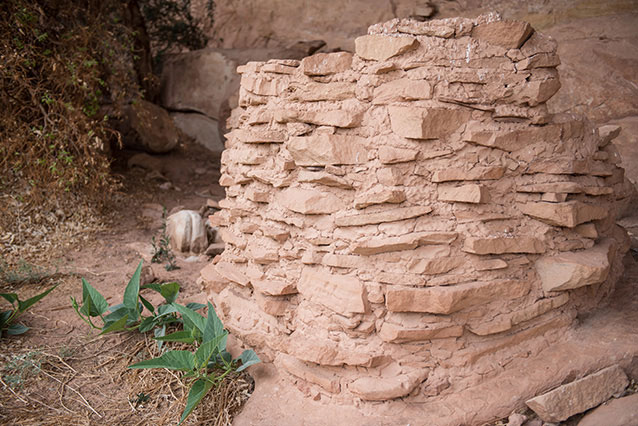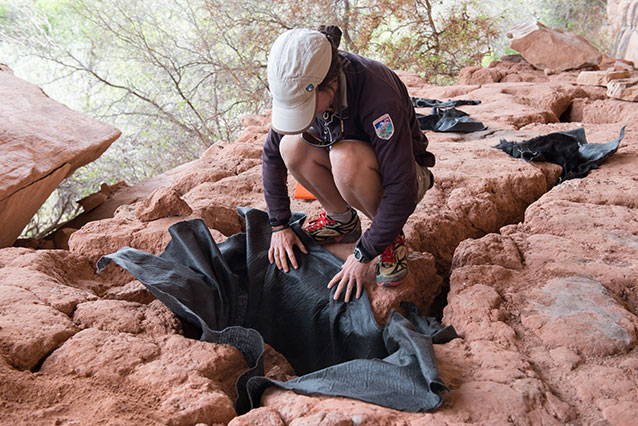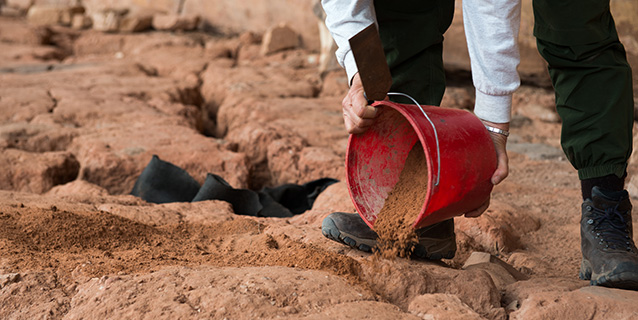Many first-time visitors to Canyonlands National Park may not realize that the park was established not only for its scenic beauty, but also for its significant archeological features. At The Needles, Salt Creek Canyon holds the park's highest concentration of archeological sites, particularly many structures constructed by the ancestral Puebloan and Fremont people.

NPS/Chris Wonderly
For thousands of years, people lived and moved through the canyons hunting, gathering wild foods, and later growing corn and other cultivars. The remains of their culture and hard work are protected as part of the Salt Creek Archeological District, a property listed on the National Register of Historic Places.
People visit these sites frequently because they are a source of inspiration and demonstrate how past people lived in such a seemingly harsh climate. Fundamentally, these sites are also part of a larger cultural landscape that is the heritage of many present-day tribes. This cultural landscape is still alive with the spirit and memory of those who came before, and it demands the respect of those who visit now.
Increased frequency and magnitude of flash flood events has accelerated erosion throughout the canyon system and has destabilized architecture that has been standing for over 800 years. Foot traffic from visitors has damaged fragile cultural deposits such as floor surfaces and hearths. More alarming is the loss of these resources to criminal acts of theft and vandalism.
Stabilizing Walls

NPS/Laura Martin
In response to these threats, archeologists spent several weeks in May 2015 preserving the structures and features at Salt Creek. Park staff sifted nearby soil to mix mortar, which they used to repoint joints in structures. They also replaced deteriorated wall stones and tightened loose masonry with stone wedges. Some archeological features had been damaged from water dripping from overhanging rock ceilings. Staff applied beads of a lime-based mortar on these ceilings to redirect dripping water away from sensitive features.
Filling Cists

NPS/Chris Wonderly
Park staff also protected earthen storage features called cists from further damage by backfilling them. The cists and their fragile walls were exposed to the elements and to footsteps from interested visitors. Walking on these walls could cause them to crumble, destroying them forever. Filling in these underground cists helps to protect the undercut walls and fragile edges from collapse while preserving information about their builders.
Archeologists sifted sand from nearby washes to fill in the cists. They laid down a protective cloth, called a geotextile, to separate the surface of the cists from the filling material. This permeable fabric helps protect fragile archeological deposits from eroding and keeps original surfaces intact.

NPS/Chris Wonderly
Taking these actions will help to preserve important materials, like charcoal or plant pollen, that when analyzed could tell us when people lived in Salt Creek, what they ate, and what kind of environmental conditions they had to contend with. It will also ensure that you can continue to experience these sites, while protecting them from further damage and loss.
Last updated: April 29, 2025
